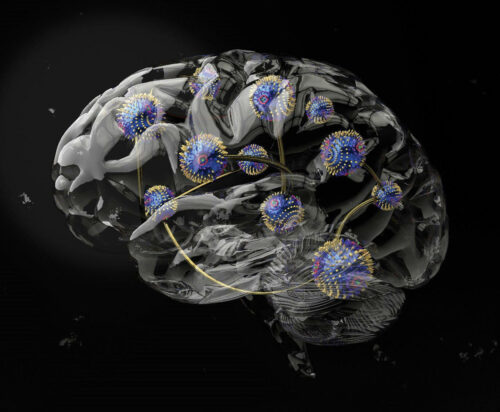Discover how chiral magnets, with their adaptability to different computing tasks, are poised to revolutionize the future of efficient and adaptable computing.

Researchers from UCL and Imperial College London have taken a significant stride towards energy-efficient computing inspired by the human brain. Their groundbreaking study, published in the journal Nature Materials, explores the use of chiral (twisted) magnets as a computational medium, offering a novel approach known as physical reservoir computing.
Traditional computing systems, with separate units for data storage and processing, are notorious for their energy consumption. The constant shuffling of information between these units results in energy wastage and excessive heat generation. This problem is particularly acute in machine learning, which demands vast datasets and can lead to a significant carbon footprint. Driven by the urgent need for sustainable alternatives, the researchers turned to neuromorphic computing. Neuromorphic computing, a brain-inspired approach, seeks to eliminate the separation between memory and processing units, enabling more efficient data processing. Physical reservoir computing, a subset of neuromorphic computing, shows immense promise in drastically reducing energy consumption while achieving adaptable computational properties.
The study, which involved collaboration with researchers in Japan and Germany, employed chiral magnets to explore this innovative approach further. By manipulating the magnetic field and adjusting temperature, the researchers discovered that different phases of chiral magnets excel at various computing tasks. The skyrmion phase, characterized by swirling magnetized particles in a vortex-like pattern, demonstrated a remarkable memory capacity suitable for forecasting tasks. On the other hand, the conical phase, with its non-linear characteristics, proved ideal for transformation tasks and classification, such as identifying animals.
Dr. Oscar Lee, the lead author of the study, expressed excitement about the research’s implications, stating, “This work brings us a step closer to realizing the full potential of physical reservoirs to create computers that not only require significantly less energy but also adapt their computational properties to perform optimally across various tasks, just like our brains. The next step is to identify materials and device architectures that are commercially viable and scalable. The study’s findings hold the promise of sustainable and highly efficient computing solutions. Physical reservoir computing can be seamlessly integrated into existing circuitry, further enhancing their capabilities while conserving energy.





